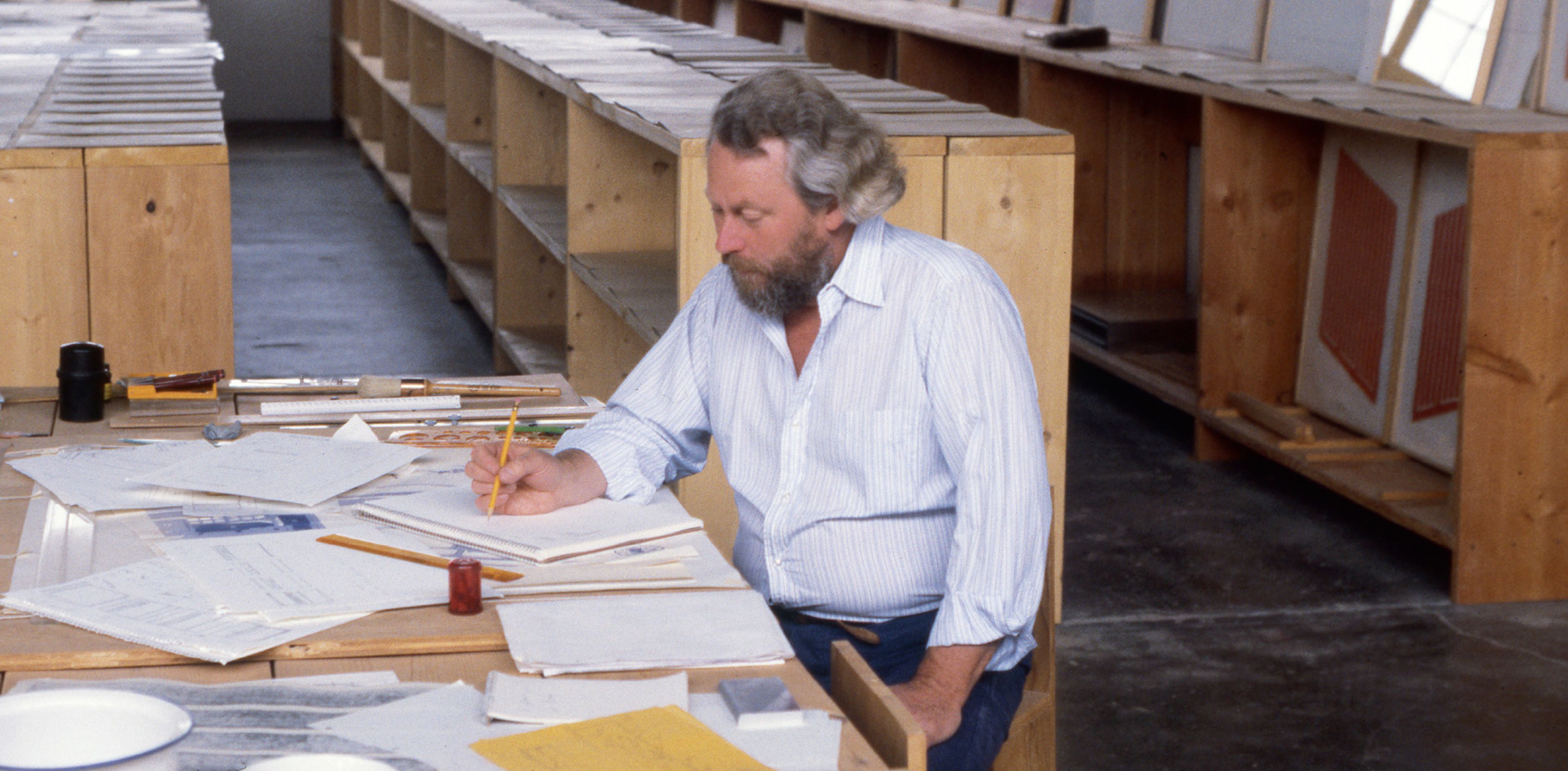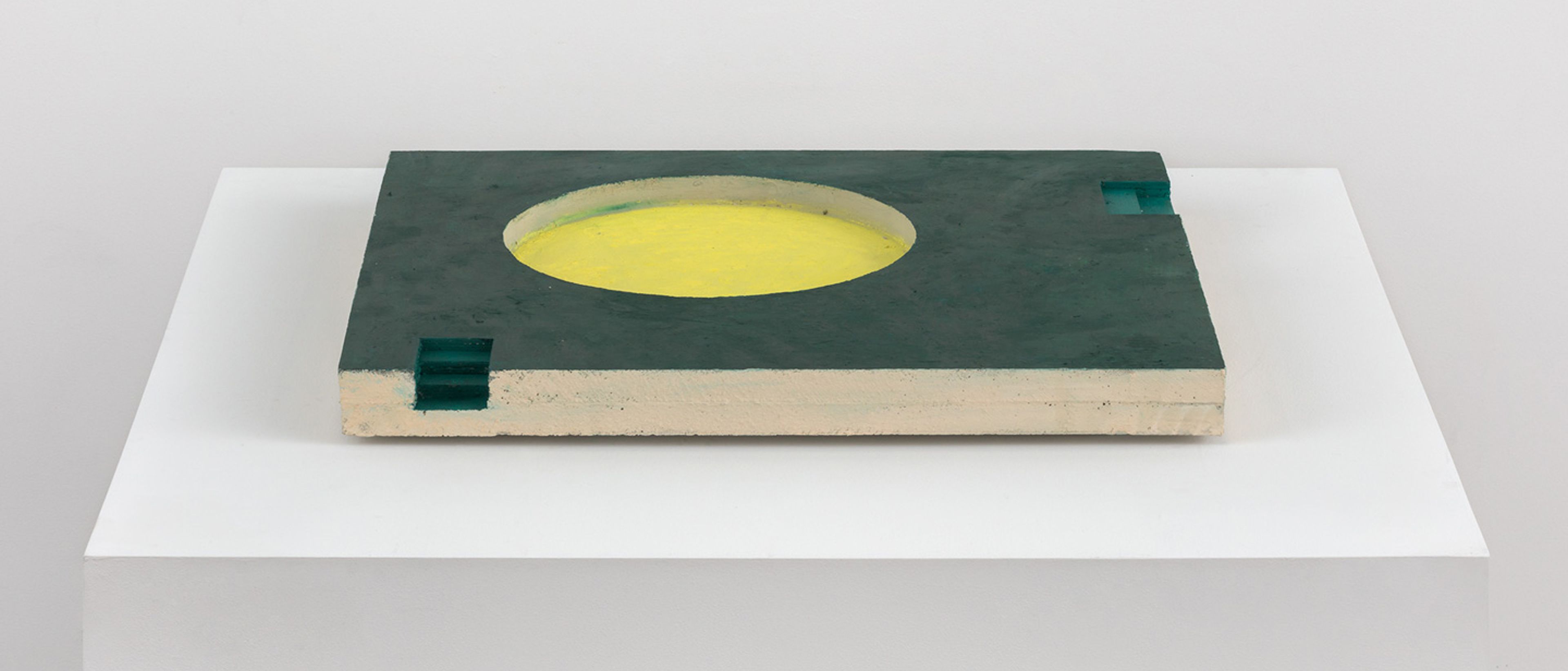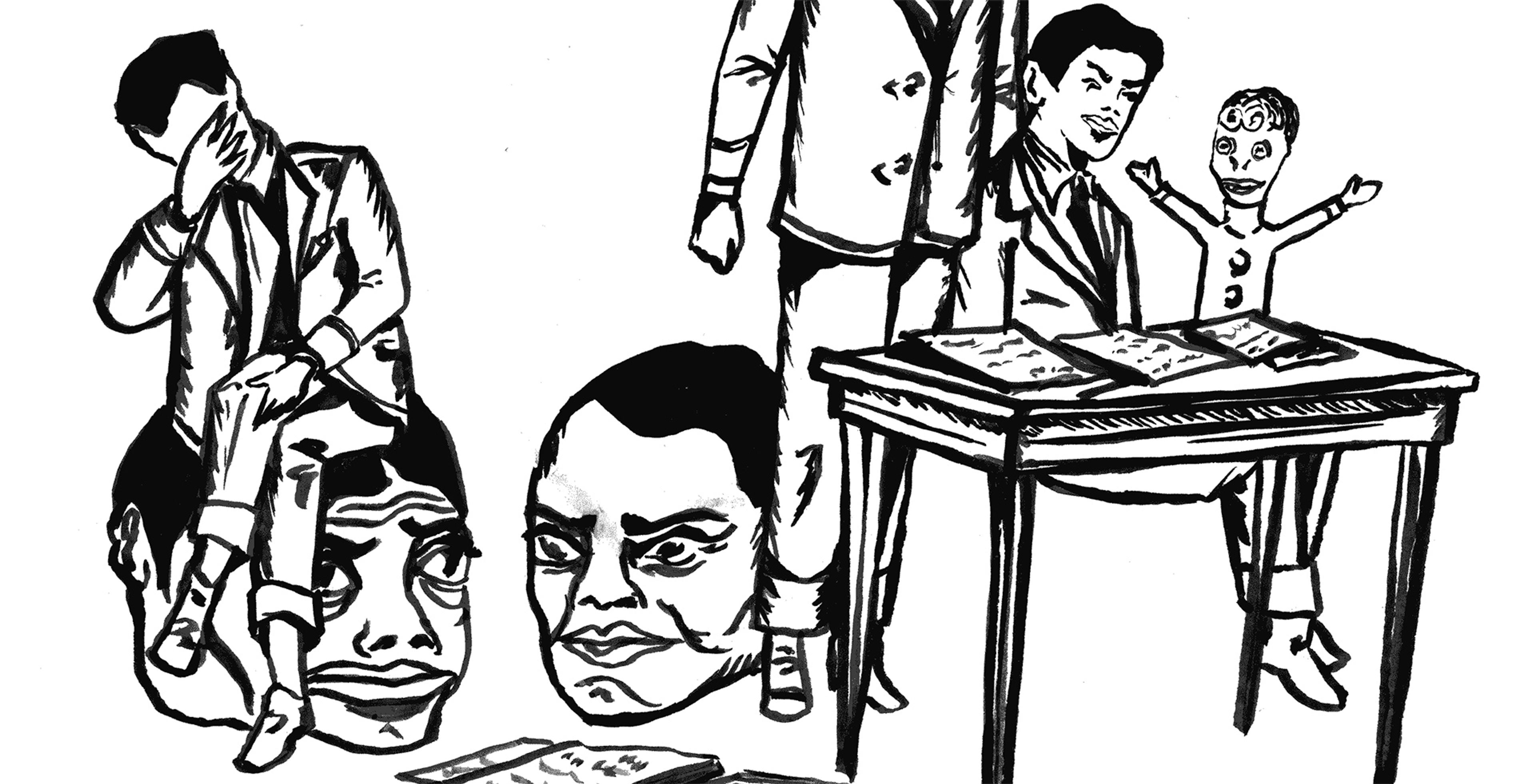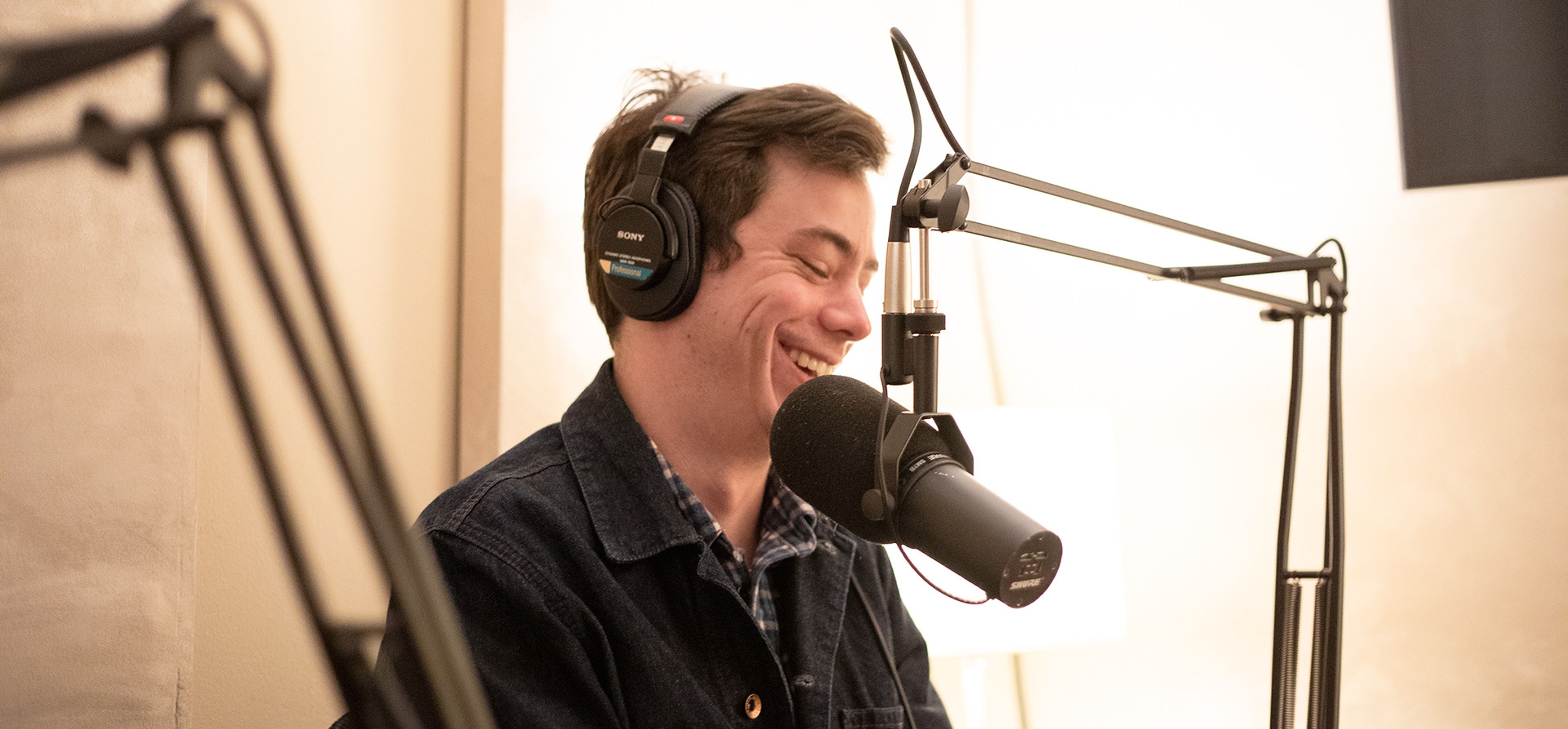Excerpt from David Zwirner Books
April 16, 2020
In organizing Donald Judd Writings, first published by Judd Foundation and David Zwirner Books in 2015, Flavin Judd and I adopted a chronological approach. In this manner, various genres, such as the review, the complaint, and the letter, appear within a single decade. In this selection, I have attempted to provide a sense of Donald Judd’s range as a writer across decades, with particular emphasis on the number of genres and subjects he engaged, including the single-artist review, the broader art-historical and architectural assessment, and the micro and macro political polemic. Many people are familiar with the reviews the artist wrote between 1959 and 1965, but an accurate appraisal of his efforts in writing must extend beyond them to other genres and occasions. Indeed, when Judd no longer was beholden to editors, the open nature of discourse supplanted the brief review. Judd was well aware of this when he subtitled his Complete Writings 1959–1975: Gallery Reviews Book Reviews Articles Letters to the Editor Reports Statements Complaints. Here we see Judd exploring genres not regularly used in art writing, such as the complaint, which is often associated with legal writing or the plaintive poem (or plaint), in which the poet writes about the sorrows of the world. His “Complaints: Part I” and “Complaints: Part II,” in fact, blend pointed arguments (not legal, but ethical and moral) against the wrongdoing of art-world custodians, such as art critics and museum directors, with plaintive (although more angry than sorrowful) descriptions of acts of carelessness that led to the irreparable damage of his work. This is not to say that Judd’s reviews were traditionally crafted or limiting. They could be as polemical as his essays and complaints. In 2008, the artist Mel Bochner described one of Judd’s 1964 reviews of Roy Lichtenstein’s work as a “riff about the sterile undercurrents of American popular culture.” Judd wrote: “Lots of people hang up pictures of sunsets, the sea, noble buildings and other supposedly admirable subjects. These things are thought laudable, agreeable, without much thought. . . . Much political opinion is like this, much religion, much art. . . . Lichtenstein is working with this passive appreciation and opinion. It’s part of these paintings and is an interesting and complex aspect there. It isn’t adventitious, as social comment is supposed to be; it is social comment and it is visible.’’ A riff is an apt description, yet we shouldn’t mistake Judd’s comments above as tangential. Another example of the nontangential riff is Judd’s January 1991 essay “Nie Wieder Krieg,” a pointed antiwar essay that Judd included in his exhibition catalogue for Donald Judd Architektur at the MAK, Vienna. In this instance, the riff became the primary movement. As Flavin Judd wrote in his introduction to , “Don’s writings were a parallel activity to his art, architecture, and design. His three-dimensional work is not subject to language and not made by it, but one can see how Don got to his ideas, how the work came from his specific understanding of the world.”
—Caitlin Murray, director of archives and programs, Judd Foundation
Image: Donald Judd at La Mansana de Chinati/The Block, his residence in Marfa, Texas, in 1982 (detail). Image © Judd Foundation
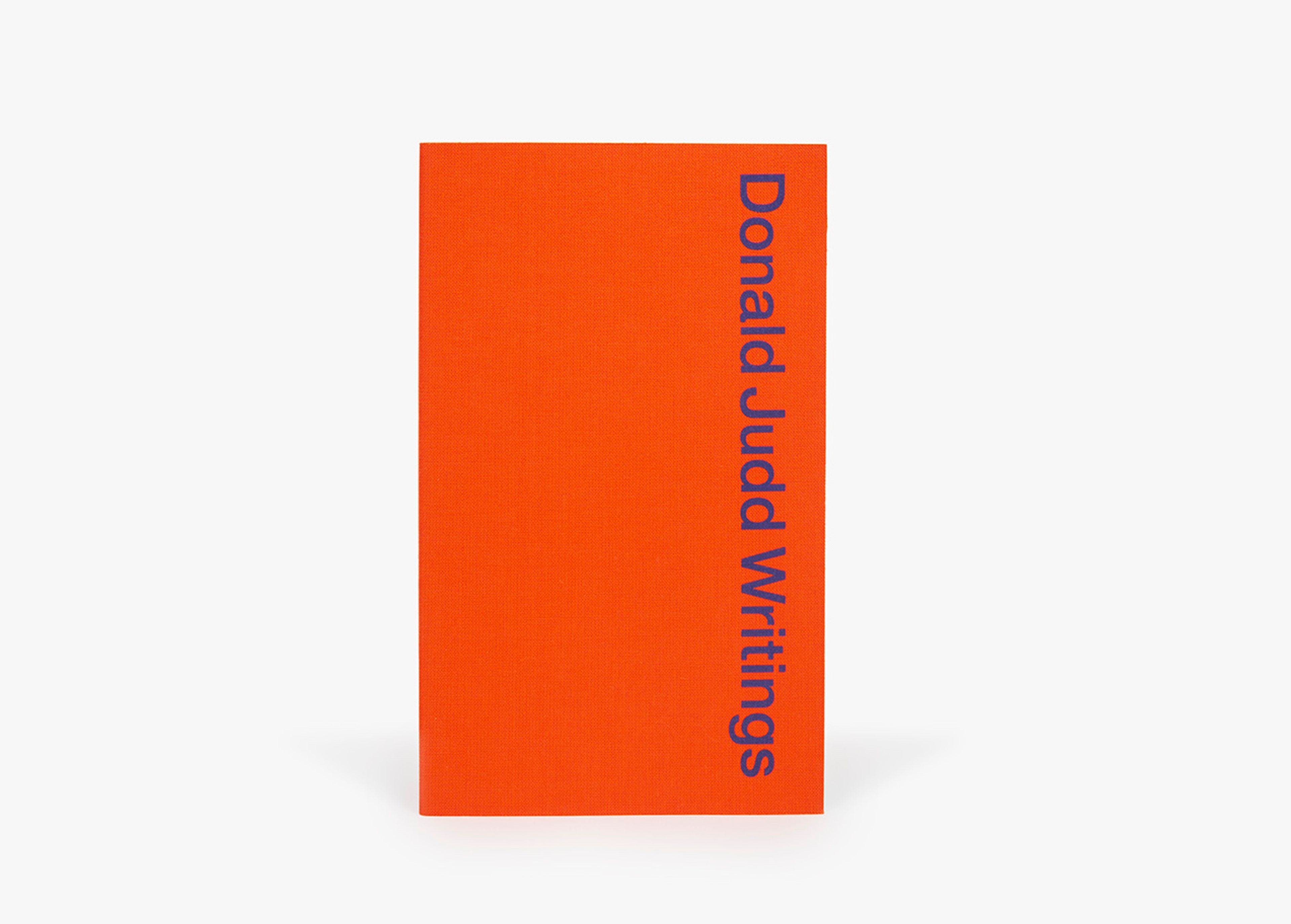
Lee Bontecou 1962
This exhibition is even better than the last one. Bontecou is one of the best artists working anywhere. There are five large reliefs in this show and one small one. Two are unusually complex; the pieces of tarpaulin wired to the rods are reduced to narrow strips, forming a dry, nearly striated surface which is ingested into the off-center and curving hole. One relief is complex in a way that Bontecou has used before; there are numerous and varied holes and much bellicose detail-orificial washers, mouths with saw blades inside, barred ones, muzzles and straps.
* * *
Local History 1964
Four years ago almost all of the applauded and selling art was “New York School” painting. It was preponderant in most galleries, which were uninclined to show anything new. The publications which praised it praised it indiscriminately and were uninterested in new developments. Much of the painting was by the “second generation,” many of them epigones. Pollock was dead. Kline and Brooks had painted their last good paintings in 1956 and 1957. Guston’s paintings had become soft and gray—his best ones are those around 1954 and 1955. Motherwell’s and de Kooning’s paintings were somewhat vague.
* * *
General Statement 1971
We’re organizing the Lower Manhattan Township, which extends from Allen Street to the Hudson River and from West and East Houston and East Fourth Streets to Chambers and Division Streets. The township is a political organization based on geography, a pretty neutral base, dealing with anything that is a common problem within the area. Obviously there is quite a bit that is accidental about a community, especially in New York City, but geography and common specific interests are the only practical and ultimate bases for live, free politics.
* * *
Art and Architecture 1983
I read the following paper, now slightly improved, in the concrete auditorium of the Yale School of Art and Architecture on the twentieth of September 1983. It’s a beginning to making some of my ideas communicative; as to the ideas, it’s hard to know where the beginning is. Wittgenstein, who is by now too chic to quote but whom I will, said: “It is so difficult to find the beginning. Or, better: it is difficult to begin at the beginning. Read the full text
* * *
Nie Wieder Krieg 1991
It’s hard to write about constructive and peaceful matters before a war. It’s difficult to live threatened by war all of your life, and further to know that the reasons are not outwardly determined and serious, but are inwardly caused and frivolous. War is failure. War is caused by carelessness, wastefulness, thoughtlessness, incompetence, complacency, and laziness. That’s why war is the solution and dream of governmental bureaucrats, and as well the easiest way out for their subjects.
* * *
We are currently shipping titles published by David Zwirner Books. Receive 20% off your order with the code STAYHOME. For all other books on our artists please visit Bookshop.org to purchase from independent bookstores, or Amazon, Barnes & Noble, or Books-A-Million. Thank you for your interest in our publications.
